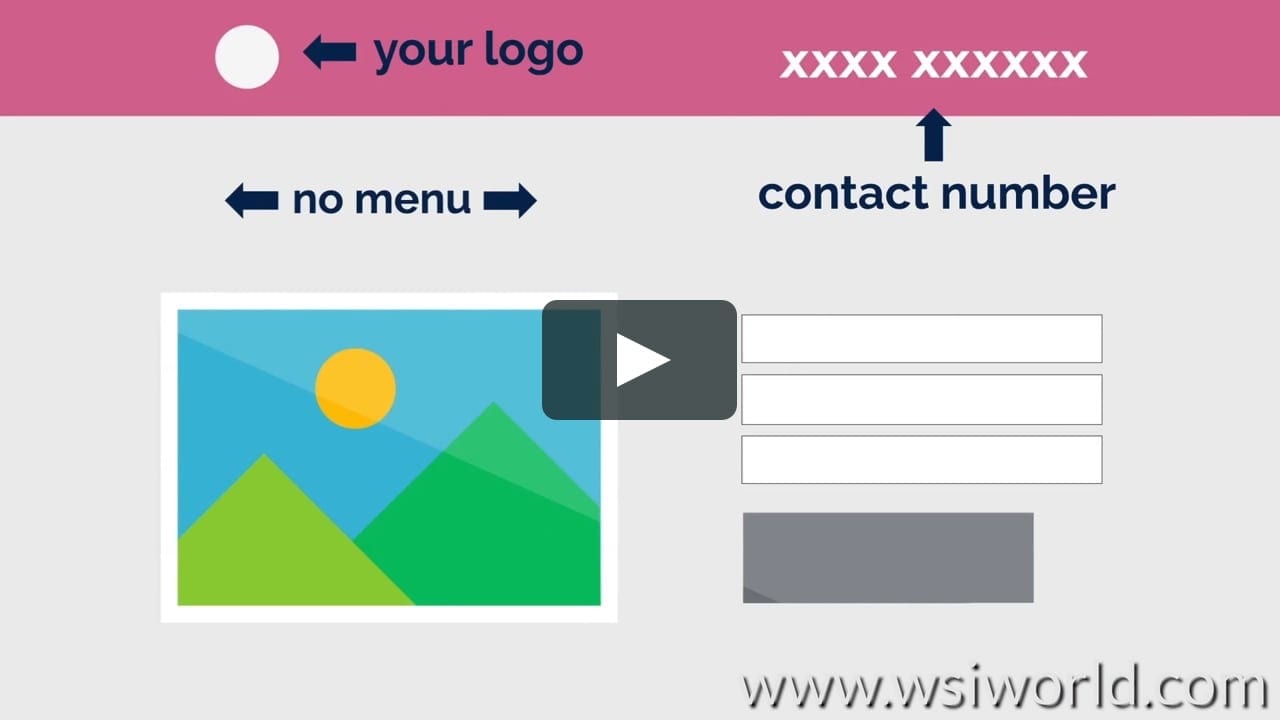How to Track Your Conversions?



Tracking Conversions – How It’s Done
Having a high traffic volume can give you plenty of bragging rights, but it won’t be of much use without tracking conversions.
Understanding the process of tracking conversions will help you to understand how much business your SEO and content strategy is generating.
The problem is that you don’t have predetermined conversion goals in your account, nor do you have any relevant data which can help you to set up your conversion targets.
However, the good news is that goal tracking is not that hard to set up.
Tracking Conversions with Google Analytics
After signing into your Google account, search for “Admin” in the sidebar menu. Click on it.
You will be taken to a page with 3 columns. The column headings are “View”, “Property” and “Account.”
The “View” column contains the Goals option towards the right.
This is what you will use to create your new goal.
There are preconfigured settings divided into 4 categories: Engagement, Inquiry, Acquisition and Revenue. These pre-configured settings can serve as your starting point.
Here is an example to help you understand how you will set up goals.
Suppose you are providing meal delivery services through your site. Suppose a visitor lands on your website, views a video and then accepts a free trial in the given order.
Most users tend to focus on conversions like the free trial sign up. They often forget ‘soft’ metrics and therefore won’t pay much attention to the video view. This should be counted as well since this is an important kind of engagement.
It, therefore, makes sense to create different goals that will count both of these conversions.
You should select the engagement goal for tracking video views.
Under the “Type” heading, you should select “Event.”
When you click on “Continue” at the bottom, then your account will track the number of video views.
You will then see new event options.
To define your event, you must add labels. You will have to specify it across 3 different categories as follows.
Category
This term gives the broadest description of what you are tracking. It could be files, videos or outbound links.
Action
This indicates the action that visitors are performing. For instance, sharing, playing, submitting, clicking or downloading videos.
Label
These are the details of what you wish to track. So if you are tracking video playbacks, you should note down the video title here.
Select “Yes” for passing event values into goal values. Choosing this option will help you track where the video view came from (marketing campaign, medium, source, channel, etc.).
If you are using event tracking, you must then include a new line of code for your website. Google Tag Manager will work well. You could also use other plugins that are available for your website depending on which platform you are using (WordPress, Drupal or any other, for instance).
Our wide expertise in website and IT technology can take your e-commerce business to new heights.
Contact us today.






